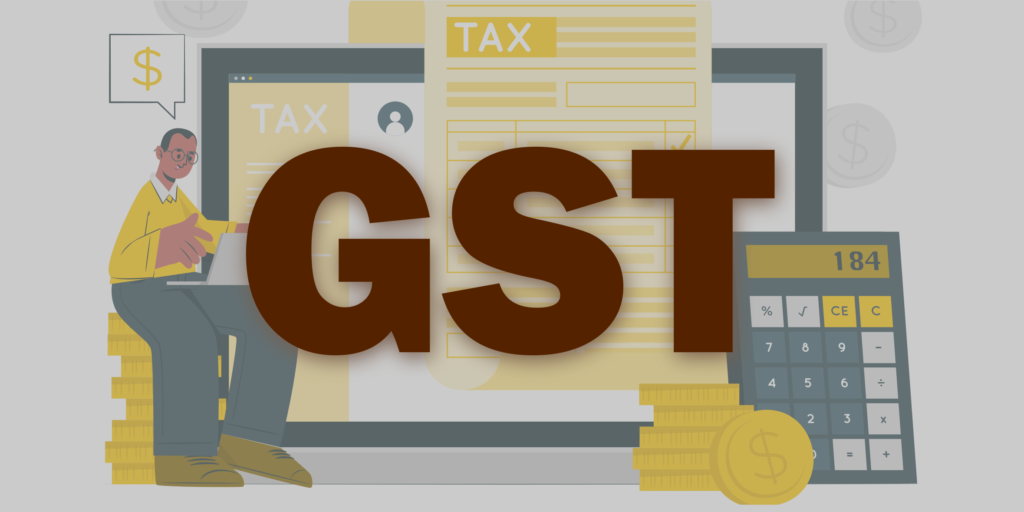
The Goods and Services Tax (GST) was introduced in India on July 1, 2017, with the promise of simplifying the country’s complex tax structure and fostering economic growth. The primary objectives behind implementing GST included streamlining the taxation system, curbing tax evasion, promoting a unified market, and boosting economic efficiency. However, as we approach the Seventh year since its implementation, it is crucial to assess whether GST has truly succeeded in achieving these goals.
1. Complex Tax Structure:
One of the key promises of GST was to simplify the tax structure by replacing multiple indirect taxes with a single, unified tax. However, the reality has been a complex and ever-changing tax regime. The multiplicity of tax slabs, frequent amendments, and the intricate compliance procedures have left businesses struggling to adapt. Small and medium-sized enterprises (SMEs), in particular, have faced challenges in understanding and complying with the evolving GST framework.
2. Tax Evasion:
Curbing tax evasion was another significant objective of GST implementation. The introduction of technology-driven measures, such as the GST Network (GSTN) and e-way bills, aimed to create a transparent and traceable system. However, instances of tax evasion persist, and the effectiveness of these measures remains questionable. The complexity of compliance procedures has also led to unintentional errors and confusion, contributing to the persistence of tax evasion.
3. Unified Market:
GST was envisioned as a tool to create a unified market by eliminating interstate barriers to trade. While there has been progress in this direction, the full potential of a seamless national market is yet to be realized. Variances in state-specific regulations, including differing rates and exemptions, have hindered the creation of a truly uniform business environment. The lack of a single tax rate for goods and services has further added to the complexity and challenges faced by businesses operating across state borders.
4. Economic Efficiency:
Enhancing economic efficiency was a fundamental goal of GST, with expectations of increased GDP growth and improved ease of doing business. However, the initial disruptions caused by the GST rollout, coupled with the persistent compliance challenges, have slowed down the anticipated economic gains. The promise of a ‘one nation, one tax’ system has not fully materialized, and the economic benefits have fallen short of expectations.
As India reflects on the journey of GST implementation, it is evident that the tax reform has not fully succeeded in achieving its intended objectives. The complexity of the tax structure, challenges in compliance, persistent tax evasion, and the incomplete realization of a unified market have all contributed to the unfulfilled promise of GST. To realize its full potential, there is a need for continuous evaluation, simplification of procedures, and a collaborative effort between the central and state governments to address the existing shortcomings and create a tax system that truly serves the interests of businesses and the economy at large.
Image Credits: Image by storyset on Freepik






